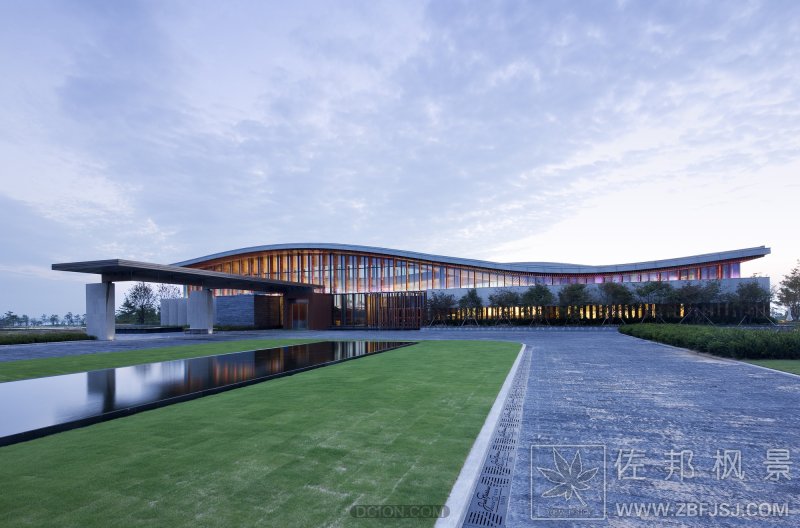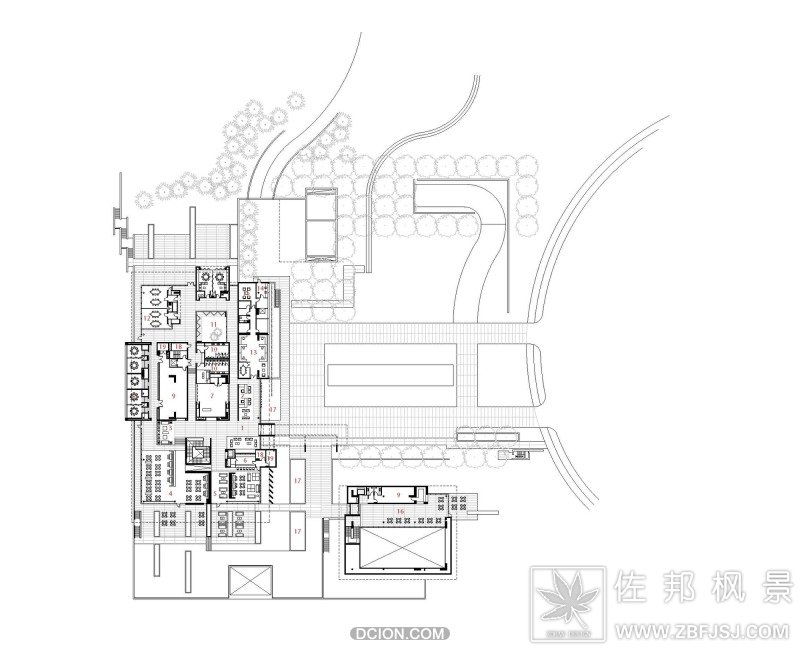Jack Nicklaus Golf Club / Yazdani Studio of Cannon Design
Architects: Yazdani Studio of Cannon Design
Location: Songdo-dong, Yeonsu-gu, Incheon, South Korea
Executive Architect: Heerim Architects and Planners
Executive Engineer: ARUP
Engineering: EDSA
Client: The Gale Company
Photographs: Wan Soon Park
With an 18-hole championship golf course and driving range designed by Jack Nicklaus, Songdo Villas and Clubhouse, Korea’s first golf community, offers the best of both worlds – city elegance and convenience combined with tranquil views of the ocean and a nature preserve. Set within Songdo, a bustling emerging city, the resort stands as an oasis of tranquility bordered by the rapidly developing skyline of Songdo. The development is expected to set the standard of excellence for private golf clubs and lifestyle communities throughout Asia.
As the centerpiece of the development, the 50,000 sf clubhouse was conceived to create a sense of discovery, creating an interior environment that would unfold to the members over an extended period of time. As sunlight passes through certain openings at different times of day, community members are greeted by freshly revealed details and vistas. The plan takes cues from Asian architecture and feng shui, leading visitors through a carefully choreographed cycle of visual connection and disconnection with the surrounding nature. The clubhouse has a rare 360 degrees of exterior dedicated to connecting guests with the outdoors. Echoing the rolling greens of the surrounding course, the delicate undulating roof exerts its dynamic presence on the interior, visually connecting program areas while enabling the daily shift of natural light to breathe life deep into the interior. An elegant, restful atmosphere, evoked by a rich material palette, balances the stimulating visual connections to the landscape.
Faced with an enormous program that would typically lead to an imposing mass, the design strategy distributes public program across several discrete pavilions connected by a large plinth that is visually connected to the ground plane. This strategy enabled highly efficient service and served relationships, tucked service areas completely out of view, and allowed the client to dedicate greater financial resources to public places without compromise.



















